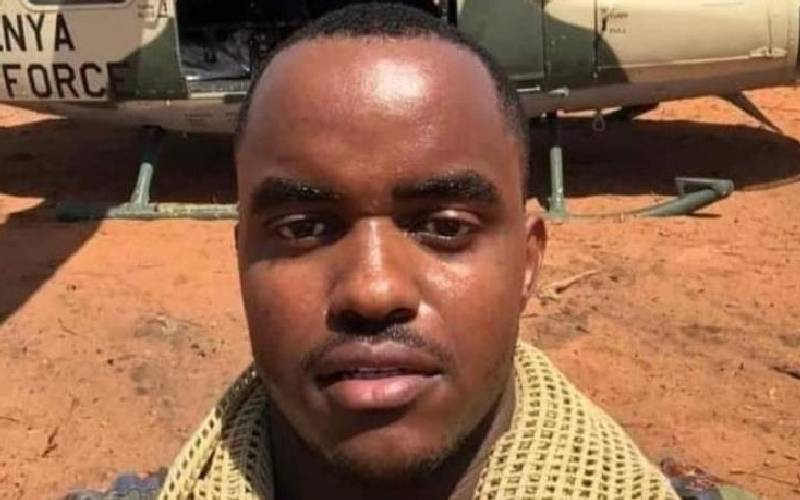Following Friday assault on Kismayu by Kenya and its Amisom allies, Al Shabaab has confirmed it has abandoned what was its last major stronghold in Somalia.
Two key leaders of the Islamist terror group are reported to have died in the KDF assault, adding to the number taken out during the four-month siege before Operation Sledgehammer.
Despite the many losses it has suffered, however, the terror group that has held Somalia hostage for the last six years remains far from destroyed.
Those militants that remain in southern Somalia say they are prepared to continue the fight by guerrilla means and make holding the port city militarily untenable in the log run. Top officials say their withdrawal is merely tactical and will set the stage for future terror attacks. This was the same approach seen in Mogadishu, later the scene of many suicide bombings, and the bloody Battle of Deynile. The group’s capacity to inflict major casualties on Amisom forces must not be underestimated.
We urge KDF to continue exercising the same cautious approach that has seen its casualties during the campaign in Somalia remain relatively low.
Al Shabaab can only wage a successful guerrilla campaign with the support of the local population. To gain this, they will try to rally sentiment against KDF, Amisom and whatever administrative arrangement is put in place. Thus, while military objectives like securing positions in the booby-trapped town and crushing fundamentalist and extremist elements that will not surrender are vital; the true battle is in winning the hearts and minds of the residents of the city and Somalia’s citizens as a whole. This makes it imperative that KDF troops exercise restraint and caution in dealing with civilians. The case of the soldier accused of shooting dead six civilians should be an aberration that is not repeated, otherwise KDF risks a backlash.
It is important to ensure the political and administrative arrangements that follow Al Shabaab ouster from Kismayu work to promote stability in the war-torn country.
Previous attempts at intervening in the Somalia crisis have had mixed results: Military success has been elusive or has been followed by political failure mostly due to the temptation to pursue agenda that do not find broad support among the Somali people.
The international community’s mistake with the Islamic Courts Union half a decade ago, was to refuse to engage its moderate voices in the rebuilding of Somalia in favour of unpopular warlords. Ethiopia’s mistake during its attempt to oust radical Islamists was to provide propaganda fodder and political space for remnants of the ICU to oppose the then Transitional Federal Government.
Kenya’s cautious approach can help avoid the kind of civilian casualties that would invite a similar backlash. TFG negotiations with ‘nationalistic’ elements of the terror group that can be separated from the ‘internationalist’ jihadi element are also essential to avoid the errors made in 2006 in dealing with the ICU.
Amisom force commander Andrew Gutti’s move to encourage militants to surrender without a fight is also strategic. Divisions within the many groups that make up Al Shabaab should be exploited to pull the radicals away from other Islamists with whom a political arrangement is possible. In particular, it will be important to neutralise the dozens of foreign fighters whose Al Qaeda links and training make them a significant threat to the region and their home countries as jihad exporters. The hardcore fighters outside captured towns like Kismayu and Mogadishu present a clear danger, both regionally and internationally. There is a widespread and justified fear that the hundreds of foreign fighters that received terrorist training and radicalisation in the conflict are poised to export terror back to their home countries.
The United States counts more than 30 nationals among the terrorists.
There are dozens of other Westerners, East Africans, and other foreigners. Their effectiveness as recruiters can be greatly reduced by conducting the campaign in Somalia responsibly. As we have argued here before, should individuals not identified by counter-terrorism officials slip out undetected, they would be less of a threat if all they have are their skills and conviction, and not evidence of atrocities that could be used to raise another generation of jihadists.
 The Standard Group Plc is a
multi-media organization with investments in media platforms spanning newspaper
print operations, television, radio broadcasting, digital and online services. The
Standard Group is recognized as a leading multi-media house in Kenya with a key
influence in matters of national and international interest.
The Standard Group Plc is a
multi-media organization with investments in media platforms spanning newspaper
print operations, television, radio broadcasting, digital and online services. The
Standard Group is recognized as a leading multi-media house in Kenya with a key
influence in matters of national and international interest.
 The Standard Group Plc is a
multi-media organization with investments in media platforms spanning newspaper
print operations, television, radio broadcasting, digital and online services. The
Standard Group is recognized as a leading multi-media house in Kenya with a key
influence in matters of national and international interest.
The Standard Group Plc is a
multi-media organization with investments in media platforms spanning newspaper
print operations, television, radio broadcasting, digital and online services. The
Standard Group is recognized as a leading multi-media house in Kenya with a key
influence in matters of national and international interest.








